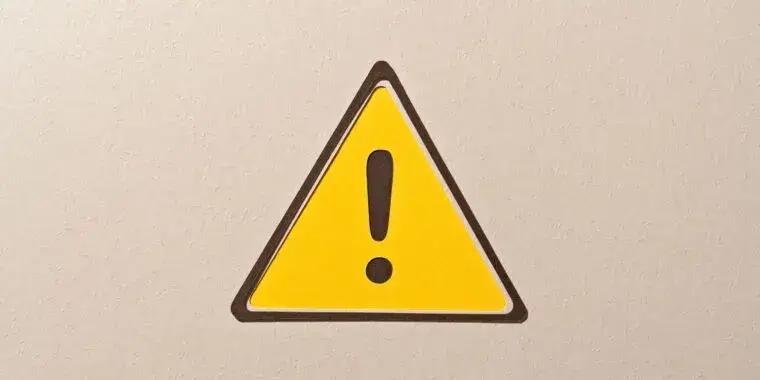Google-hosted malvertising leads to fake Keepass site that looks genuine
Google-hosted malvertising leads to fake Keepass site that looks genuine

Google-hosted malvertising leads to fake Keepass site that looks genuine

Google-hosted malvertising leads to fake Keepass site that looks genuine

Google-hosted malvertising leads to fake Keepass site that looks genuine

Their youtube policy are also a complete joke because of it.
Swearwords : oh lord someone think of the advertisers, who would want to do bussiness like that..
Actual scams, illegal practices and gambling: 👍
"... please deactivate your adblocker ...." they said.
Wow. Valid cert, matching icon, identical web page, and virtually-identical URL. I absolutely would have fallen for that, and I've been meaning to visit KeePass's website and download the latest version, too.
Valid cert
That means nothing nowadays regarding authenticity
Except when it's an Extended Validation certificate, which requires the requester to go through a manual vetting process.
But apparently for some reason, Firefox doesn't show the EV label in the URL bar anymore.
We need radical criminal penalties on the books for facilitating malware with ads. You shouldn't be able to wash your hands of being a major malware distributor.
As an admin on a Lemmy instance, I don't like this idea. If I were to be personally, criminally held responsible for something one of our users put on the web...
Well, let's just say I'd be getting out of the Lemmy admin game. So would everyone else.
If you aren't making decisions about ad serving, obviously it wouldn't effect you. If you are choosing ads to serve, and don't care about their reputation, that's a problem regardless of how much it bothers you.
This is far more important then a few lazy web admins that want to profit from scamming their users.
The bot skips an important point. The site looks really close to the genuine site, only difference being "ķeepass dot info" and not "keepass". Definitely easy to miss.
I feel like browsers should flag urls with unicode in their domains as suspicious by default. Maybe they already do, not sure. It's honestly surprising to me in 2023 if they don't.
I wouldn't mind if FF popped up and said "hey, take another look at that URL" and very clearly drew attention to the weird k character. Of course it would have a "I'm absolutely sure this isn't a scam, I own this domain or know who owns it and you don't need to warn me about it in the future" button, but better safe than sorry.
Incredibly easy to miss, damn.
This is how you get ants adblockers
As time marches on, my skepticism about there being ONE smart google employee only grows.
🤖 I'm a bot that provides automatic summaries for articles: ::: spoiler Click here to see the summary Google has been caught hosting a malicious ad so convincing that there’s a decent chance it has managed to trick some of the more security-savvy users who encountered it.
Combining the ad on Google with a website with an almost identical URL creates a near perfect storm of deception.
“Users are first deceived via the Google ad that looks entirely legitimate and then again via a lookalike domain,” Jérôme Segura, head of threat intelligence at security provider Malwarebytes, wrote in a post Wednesday that revealed the scam.
The ads were paid for by an outfit called Digital Eagle, which the transparency page says is an advertiser whose identity has been verified by Google.
When in doubt, people can open a new browser tab and manually type the URL, but that’s not always feasible when they’re long.
Another option is to inspect the TLS certificate to make sure it belongs to the site displayed in the address bar.
Saved 63% of original text. :::
"Paid for by an outfit" what does that mean?
You know, a cute blouse with a kicky pair of trousers. An outfit.
Company